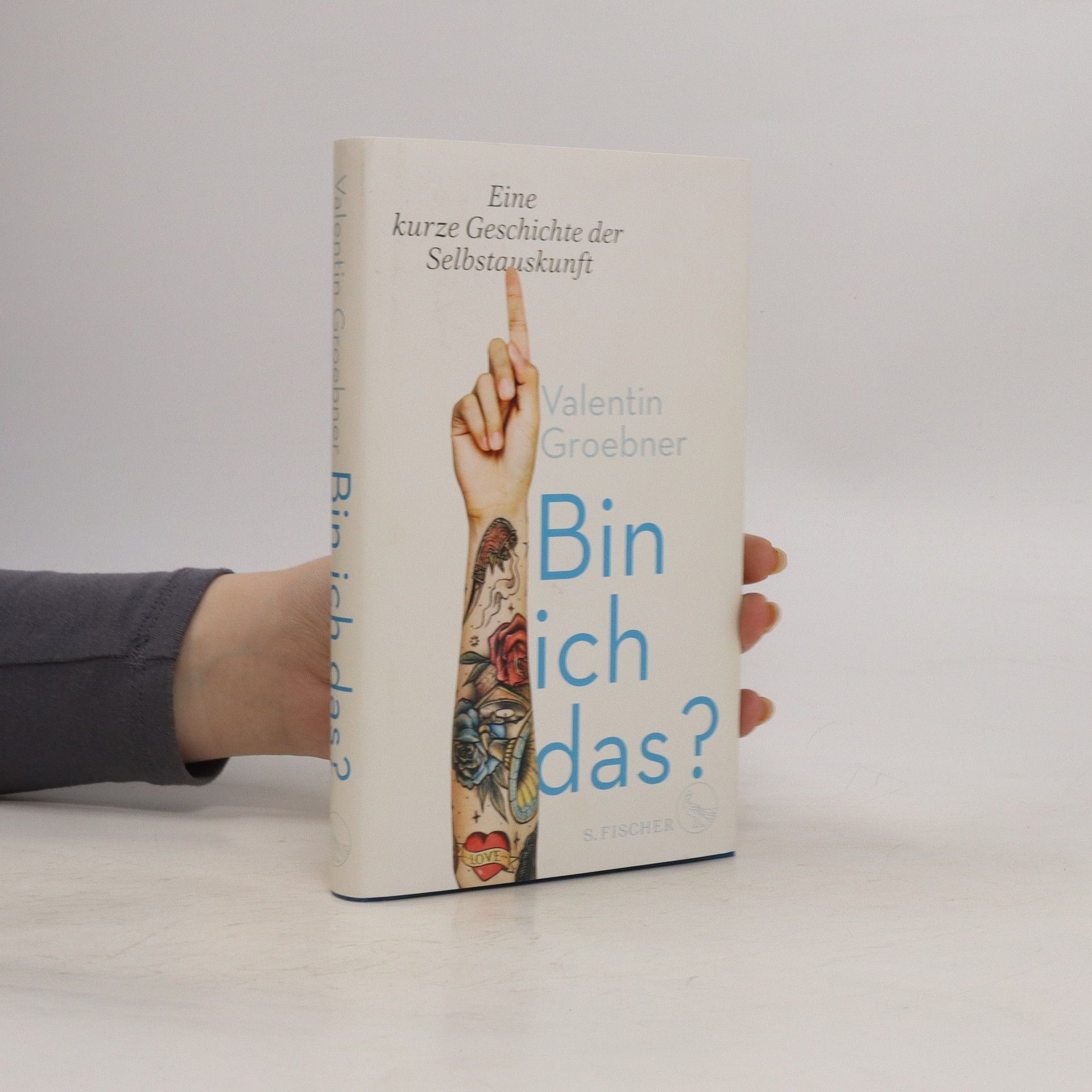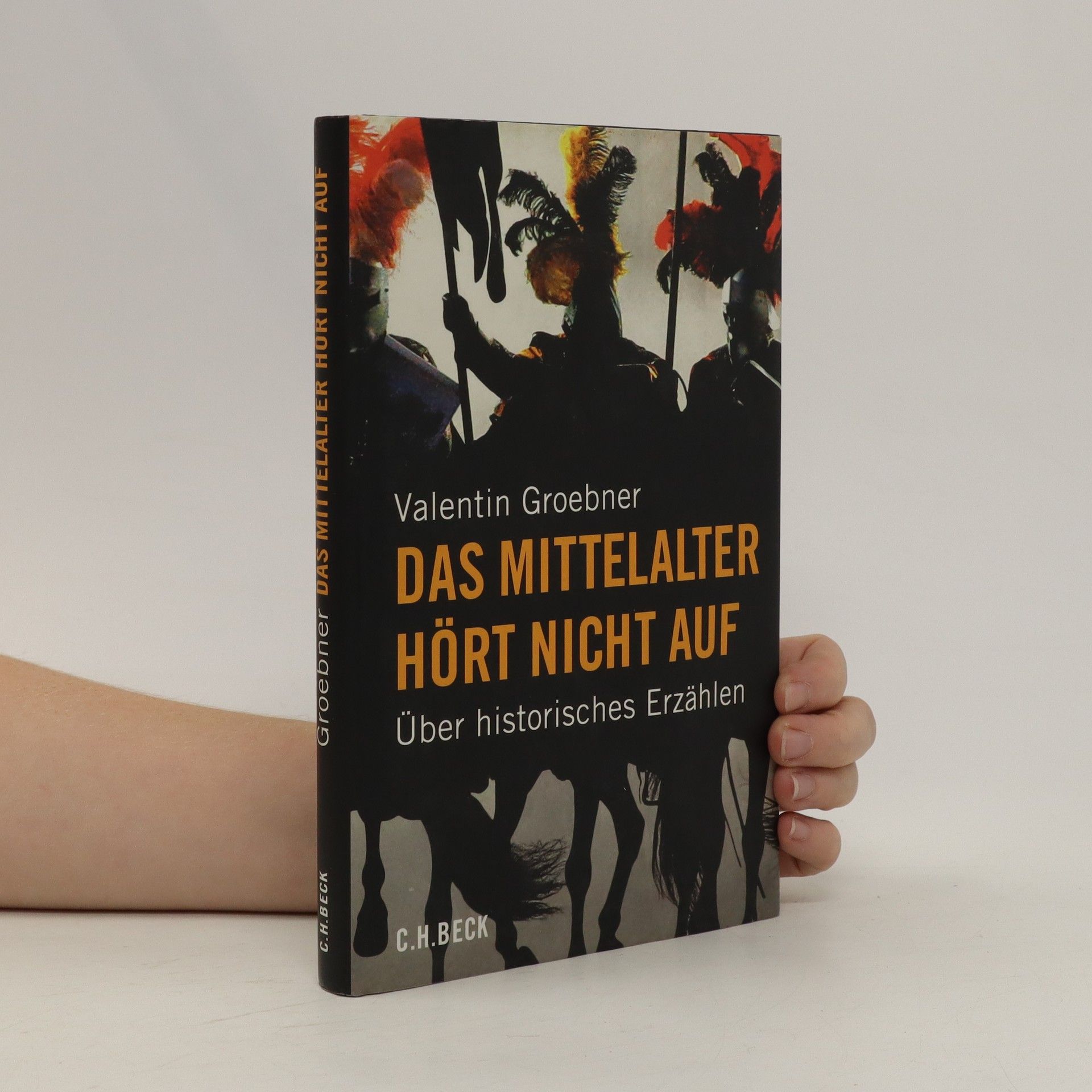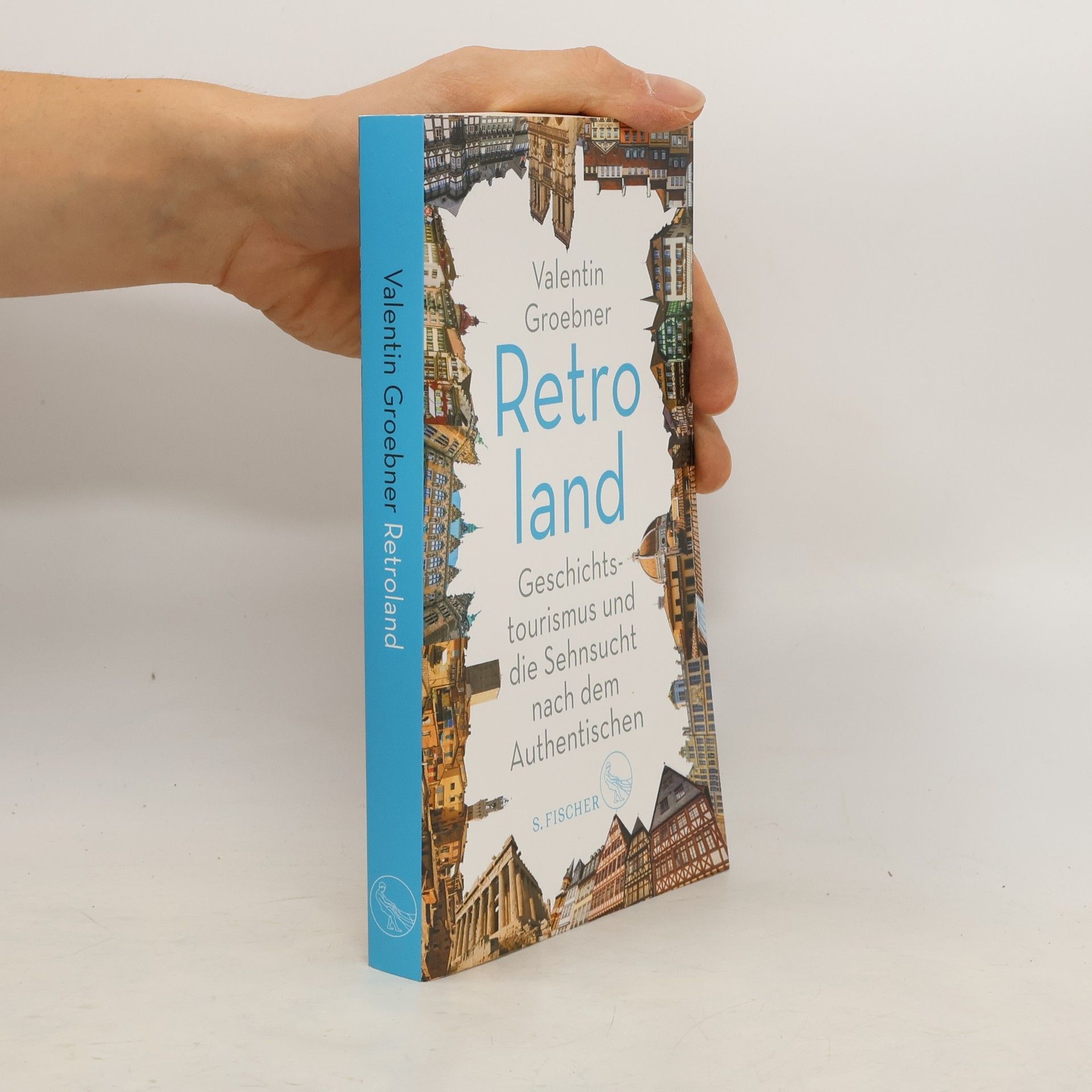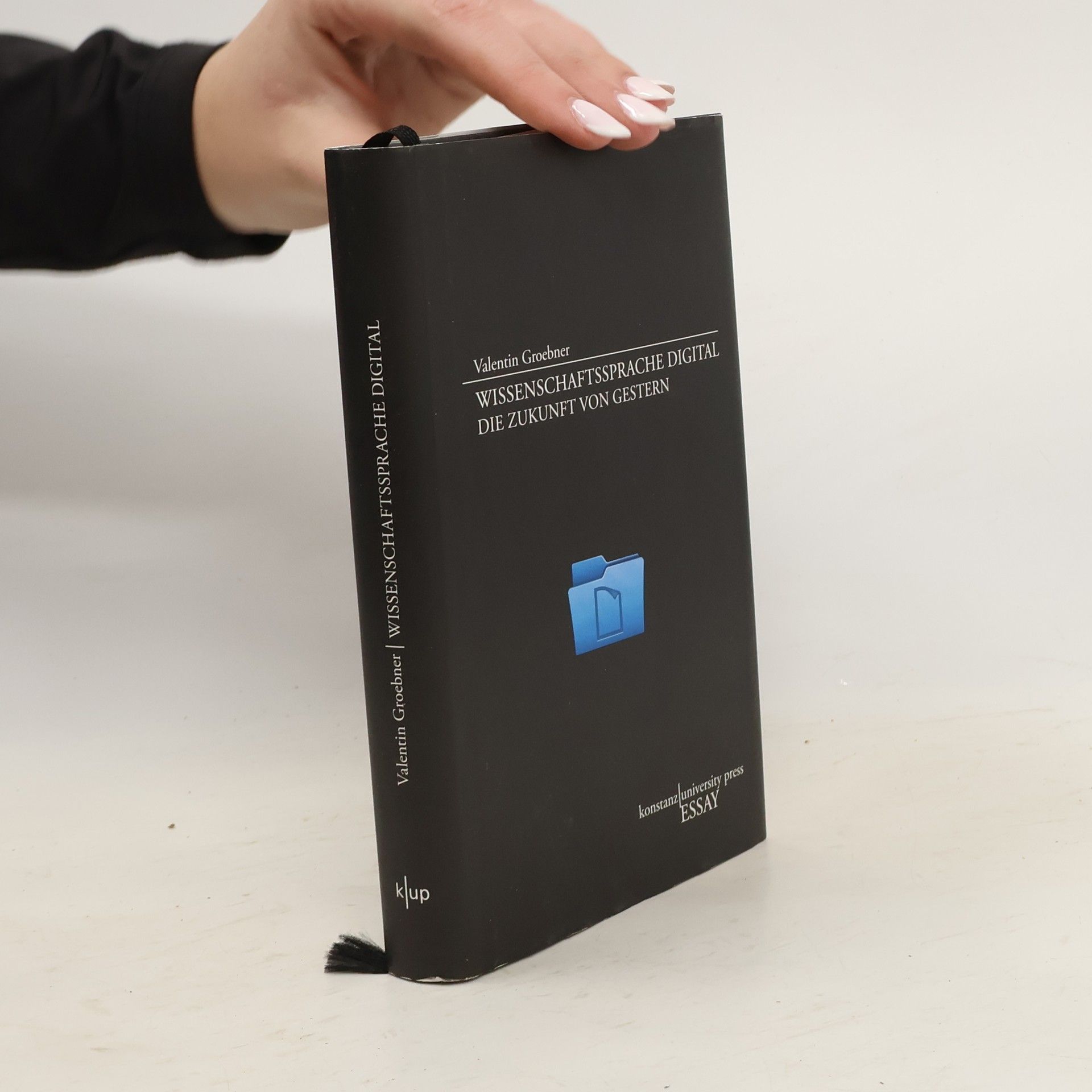Gefühlskino
Die gute alte Zeit aus sicherer Entfernung
Ein Blick zurück auf die 1980er Jahre – Valentin Groebner, »einer der interessantesten Historiker der Gegenwart« (tazFUTURZWEI), seziert in seinem Essay die Kraft der Nostalgie und anderer Gefühle, vergangener und gegenwärtiger. Das Beschwören guter alter Zeiten ist unwiderstehlich, weil es von nichts anderem handelt als der eigenen Gegenwart. Der verklärte Rückblick erzeugt im Jetzt starke Gefühle, und die sind ansteckend. Nostalgie, Kränkung und Zukunftsangst schaffen Erregungsgemeinschaften, in denen sich Bedrohung und Verlustangst mit dem Vergnügen am Klagen mischen. Das macht sie verführerisch, es ist großes Kino – und alles echt, weil man es ja selbst fühlt. Doch woher kommen die Slogans, Bilder und Drehbücher für solche Affekte? Valentin Groebner geht auf private Forschungsreise in die 1980er Jahre und ihr langes Nachleben: zu ratlosen Kämpfern, zu strengen Predigern und zu den Hauptdarstellern fremder Leiden. Mit ironisch-vergnügtem Blick auf das versteckte Spiel mit Gefühlen und Sehnsüchten zeigt er, was es uns gibt, wenn wir uns heute an gestern erinnern.







